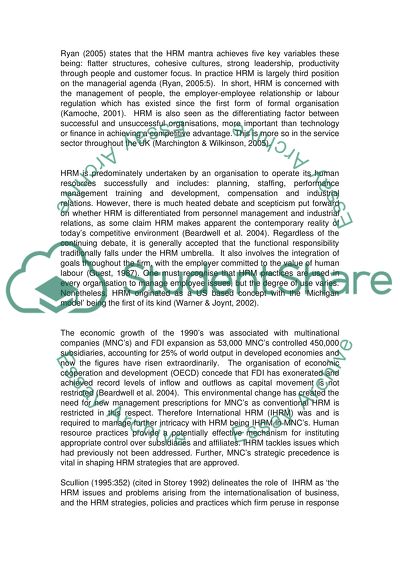Cite this document
(“Domestic and international HRM policies and practices Essay”, n.d.)
Domestic and international HRM policies and practices Essay. Retrieved from https://studentshare.org/human-resources/1513684-domestic-and-international-hrm-policies-and-practices
Domestic and international HRM policies and practices Essay. Retrieved from https://studentshare.org/human-resources/1513684-domestic-and-international-hrm-policies-and-practices
(Domestic and International HRM Policies and Practices Essay)
Domestic and International HRM Policies and Practices Essay. https://studentshare.org/human-resources/1513684-domestic-and-international-hrm-policies-and-practices.
Domestic and International HRM Policies and Practices Essay. https://studentshare.org/human-resources/1513684-domestic-and-international-hrm-policies-and-practices.
“Domestic and International HRM Policies and Practices Essay”, n.d. https://studentshare.org/human-resources/1513684-domestic-and-international-hrm-policies-and-practices.


